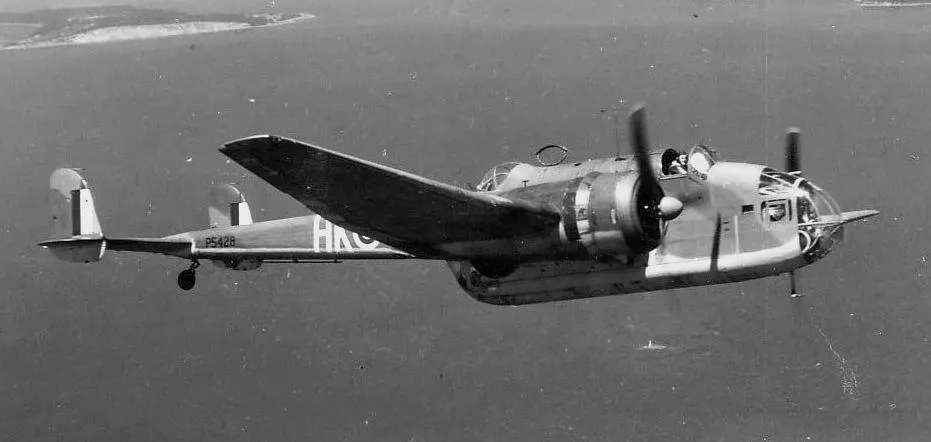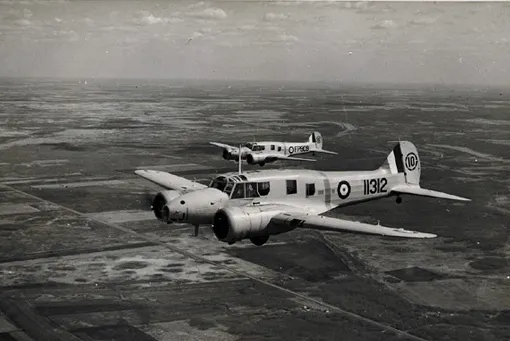32 Operational Training Unit, Patricia Bay, BC. Hampden I aircraft AN 132 attempting to take off for a training exercise, ran into rough ground and had the landing gear collapse. The crew all survived, safe
Sergeant JF Reid (RCAF), Sergeant RR Johnson (RCAF), Sergeant RS Cordingley (RAFVR) and Sergeant E Vevers (RAFVR)
The investigation indicated that the cause of the crash was poor airmanship, engine oiling from a long period of idling as well as poor adjustment of cowl flaps and propeller pitch
Sergeant Reid, Sergeant Cordingley and Sergeant Vevers would later be killed during a training exercise 1943-04-18 in 1 Torpedo Training Unit, RAF Hampden AT 125 over the Firth of Clyde, Scotland




